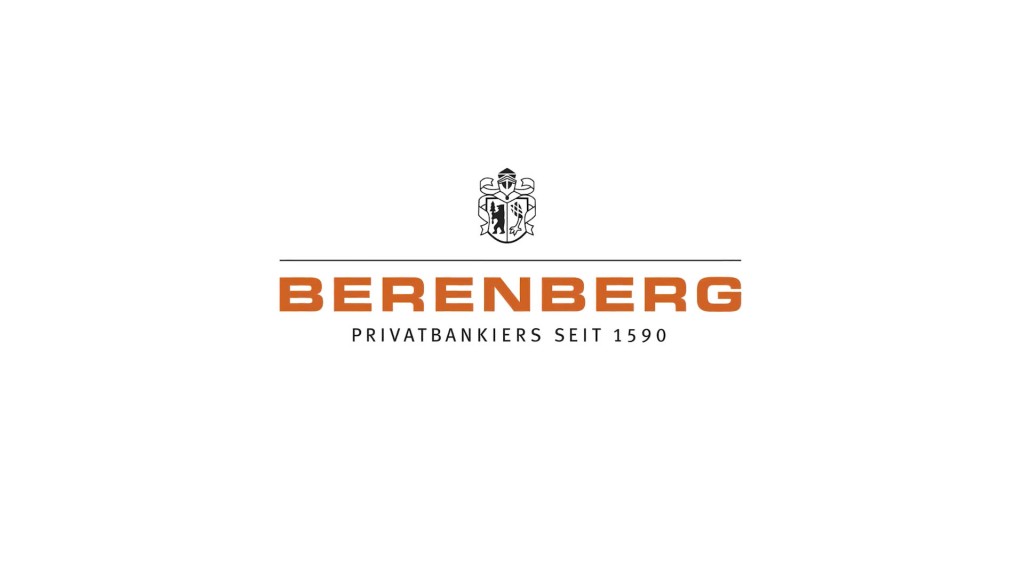Beazley has made strides to convince the market that cyber insurance’s profitable growth can be restored, while also addressing some uncertainty surrounding a potential $50 million in additional COVID-19 losses, according on to a Berenberg report.
 Beazley confirmed in its H121 results that its $340 million COVID-19 loss estimate for 2020-21 remains robust, but also that it has not incurred the additional $50 million expected loss related to events in H221, as the US and European economies have largely opened up. In analysts’ view, this removes a source of EPS downgrade for FY21E.
Beazley confirmed in its H121 results that its $340 million COVID-19 loss estimate for 2020-21 remains robust, but also that it has not incurred the additional $50 million expected loss related to events in H221, as the US and European economies have largely opened up. In analysts’ view, this removes a source of EPS downgrade for FY21E.
Furthermore, Berenberg says management have done an impressive job of updating the market on progress made on its cyber re-underwriting and risk management strategy, with strong signs emerging from claims experience year to date that it will most likely pay off.
Beazley is seen as ahead of peers in the fastest growing, increasingly complex and non-commoditised product line in insurance; analysts think this presents a rare opportunity for profitable and sustainable growth.
Berenberg analysts also highlight how Beazley has invested heavily in building a world-class cyber ecosystem, bolstering its risk management and underwriting capabilities.
On top of significant rate rises of 44% ytd, Beazley’s revamped product offering includes the addition of a number of preventative measures, including an automated vulnerability notification process, as well as additional data points, including from the dark web, to help clients prevent attacks.
As a result, Beazley says that since October 2020, ransomware frequency had fallen by 20% per policy and by 50% per premium.
The company has also dramatically cut exposure – analysts estimate a 30% policy count reduction – as it looks to shelter its book from riskier clients.
The company is also taking an active approach in setting policy limits and managing aggregate exposures, which should also help reduce the severity of claims and limit the impact of a systemic attack.
Berenberg’s base case assumes that the improvement will continue; this should drive a steady stream of reserve releases compounded by future run-off gains from its speciality book, meaning that a low 90s combined ratio could be sustainable in FY21-23E.


